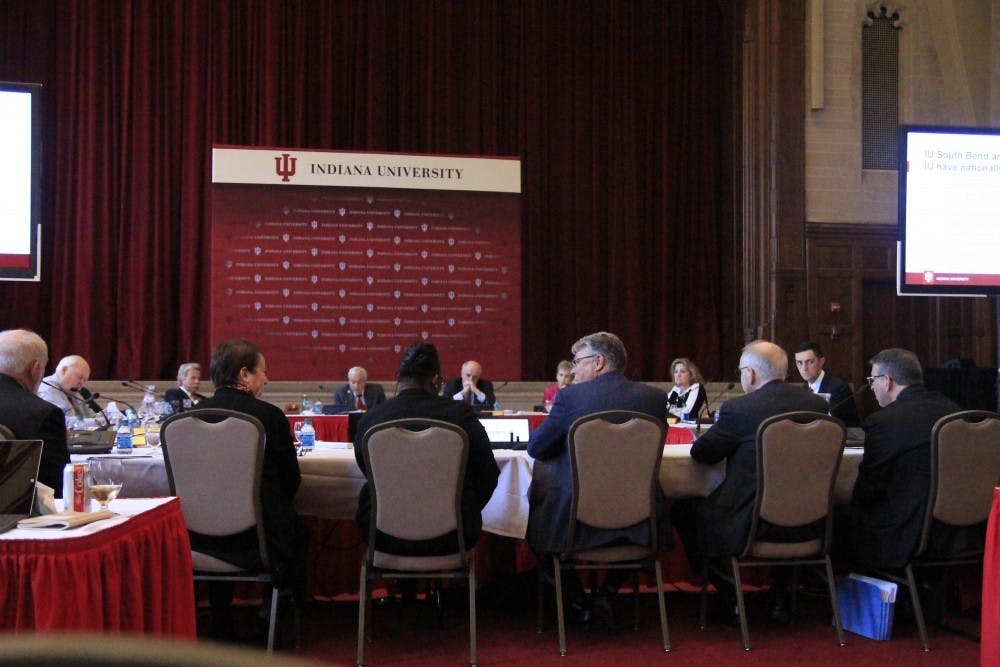As the average cost of college across the nation rises, the IU Board of Trustees unanimously voted Wednesday at IU-Purdue University Indianapolis to increase tuition for the 2019-20 and 2020-21 academic years.
The board voted to increase tuition by 2.5% for Indiana-resident undergraduate students on all campuses and by 3% for out-of-state students on the Bloomington campus, according to the Bloomington Herald-Times. In Bloomington, this could cause a $267 dollar increase in tuition for in-state students.
“Indiana University has for 200 years been an integral partner with the state in ensuring that a first rate affordable and accessible education is available to Indiana’s best students,” IU President Michael McRobbie said.
The net cost of attending IU has declined over the past three years, with around 75% of students receive some sort of financial aid, whether it be federal, state or private assistance, McRobbie said.
“In 2017-18, IU dispersed more than $1.2 billion in total financial aid,” McRobbie said. “Since 2007, IU financial assistance for resident undergraduate students has increased by 227%.”
He said even with this tuition increase, IU will remain below the national average for four year public institutions. According to the graphs provided during the presentation given by Vice President and Chief Financial Officer John Sejdinaj, IU is the eighth most expensive college out of all the Big Ten schools.
Sejdinaj said the Higher Education Price Index is what drives the cost of college. This index tracks the fluctuation of costs within colleges every year and is run by asset management firm Commonfund.
“It takes into account the costs that college university faces which is made up of salaries, benefits, supplies and services and utilities,” Sejdinaj said.
More weight is put on salaries and benefits since those are costs directly applied to the people at the universities. About 75% of the costs in higher education affect the faculty and staff of the university, Sejdinaj said.
According to the 2018 HEPI report, the index grew 2.6% in 2019 and 2.9% in 2018. Sejdinaj said he expects the index to remain above 2.5% due to low unemployment and rising wages.
But the HEPI index is not the only thing causing costs to rise at IU. Additional investments like new degree programs, financial aid and facilities have all contributed to the pressureto raise tuition.
IU has taken steps to reduce this cost, such as combining shared services across the campuses and centralizing administrative functions. By doing this, it is able to lower the amount of personnel it needs at each individual campus.
Sejdinaj said the operating expenses per student at IU in 2018 were the lowest among the Big Ten schools.
The public was allowed to send in questions to tuition@iu.edu or ask questions in person following the presentation, but there were none.
At the end of the meeting Trustee Maryellen Bishop gave her appreciation for the state funding for the school and ensured that the extra costs are not going to waste.
“Tuition increases are also due in part to new initiatives and investments in facilities and technology and all the things that make Indiana University a world class university,” Bishop said.
After the public hearing, the board voted in private to raise the cost of tuition.
This story has been updated to include the results of the Board of Trustee's final vote.




